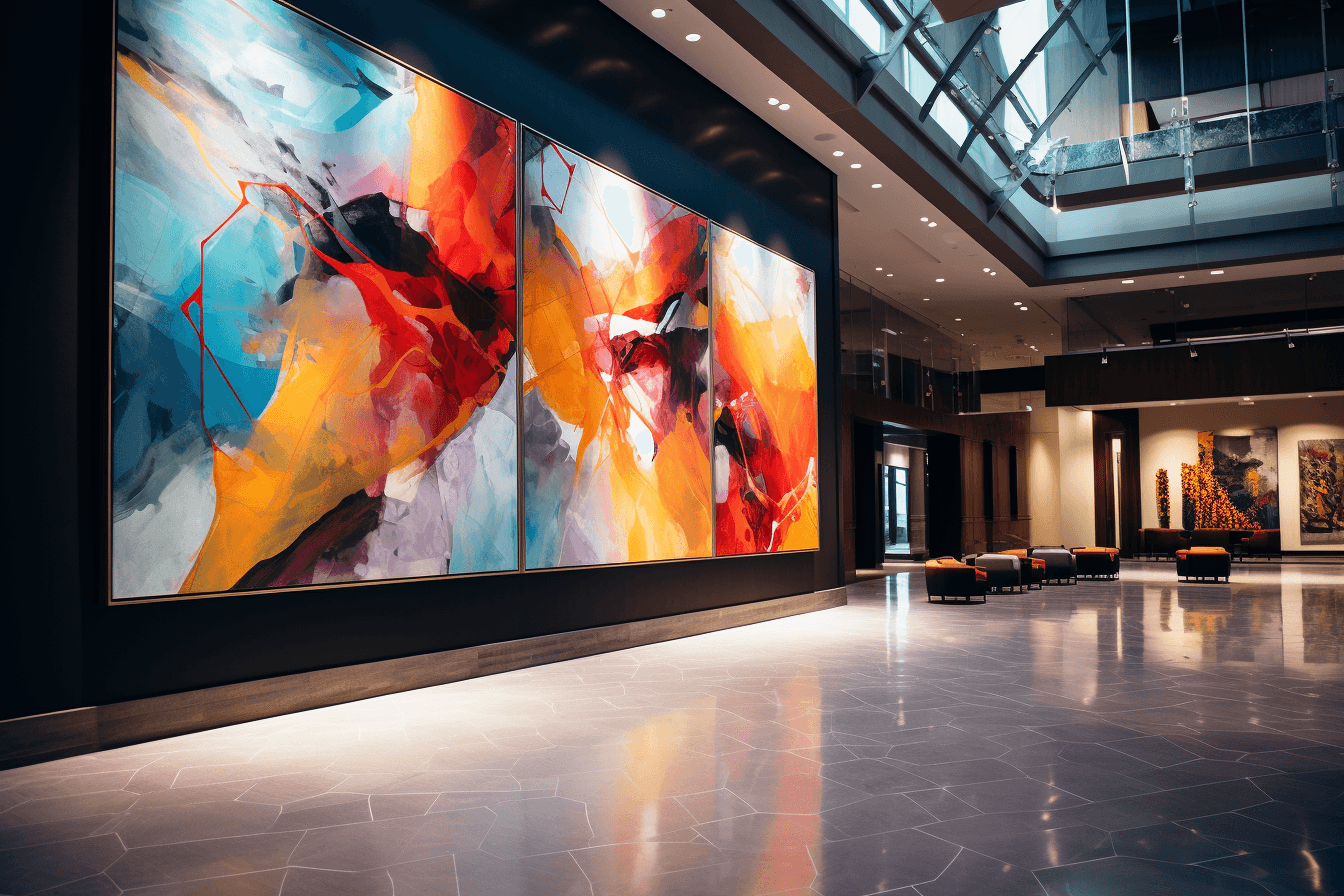Flat bed printing is a technique that involves placing a flat, rigid substrate on a printing bed and directly applying the printing process to its surface. This versatile method allows for printing on a wide range of materials including paper, cardboard, wood, glass, metal, plastic, and more.
Flat bed printing employs various printing technologies. Among them is the widely-used UV (ultraviolet) inkjet printing method. In flatbed printing, UV-curable inks are utilized, and these inks are instantly cured or dried through exposure to ultraviolet light. As a result, a diverse range of materials can be printed upon, yielding vivid and long-lasting prints.
Flatbed printing is often employed for large-format printing applications. Including signage, banners, posters, point-of-purchase displays, and other promotional materials. It is also used for printing on rigid materials for applications like packaging, architectural signage, and industrial printing.
 3 panel metal print done by flatbed printing
3 panel metal print done by flatbed printingAdvantages
One of the advantages of flatbed printing is its versatility.Handling different substrates and producing high-quality prints on materials that may be too thick or rigid for other printing methods. Additionally, the UV curing process allows for quick drying and the ability to print on non-absorbent surfaces.
Overall, flatbed printing is a popular choice in the printing industry for various applications where direct printing on flat, rigid substrates is required.